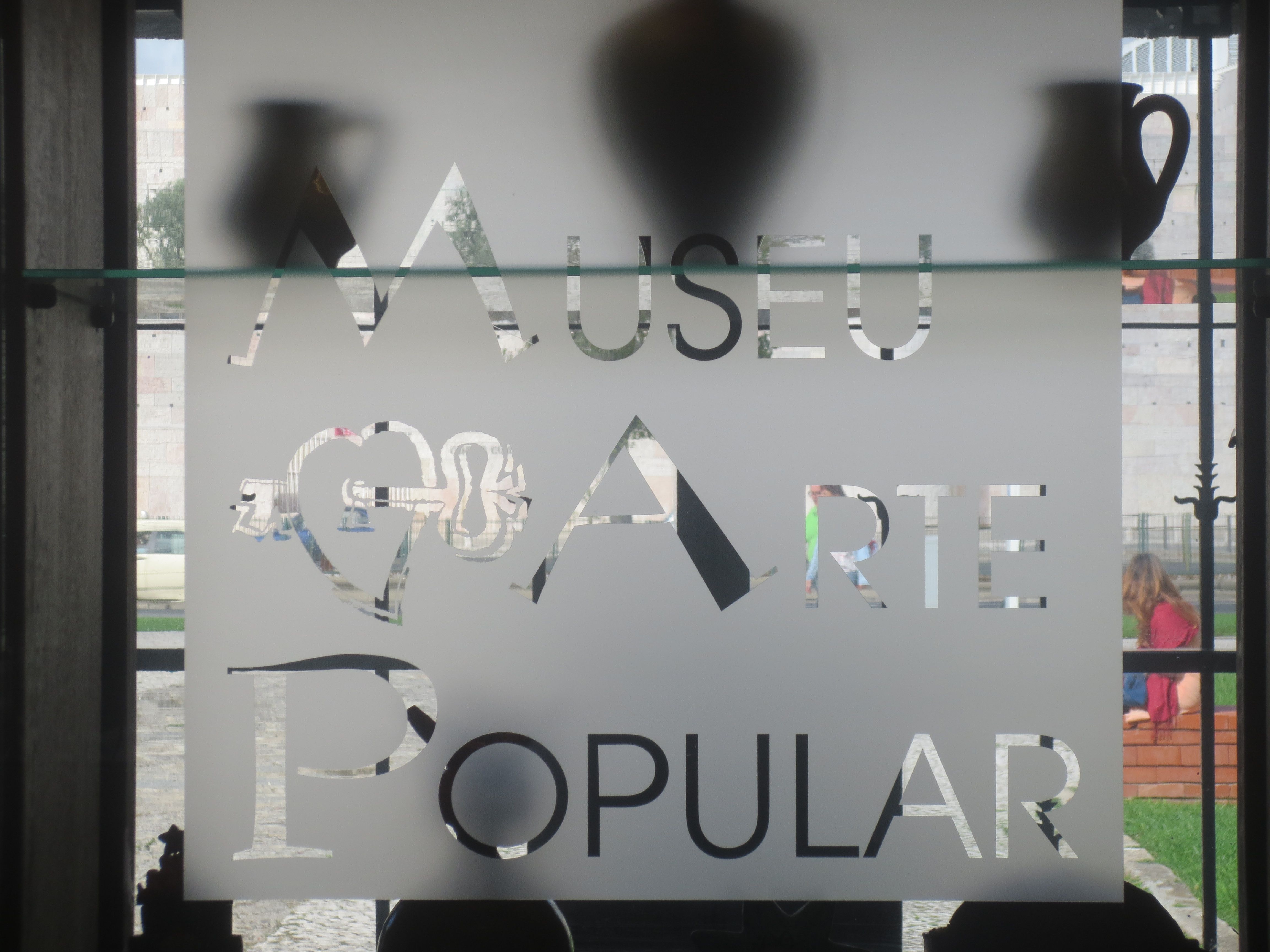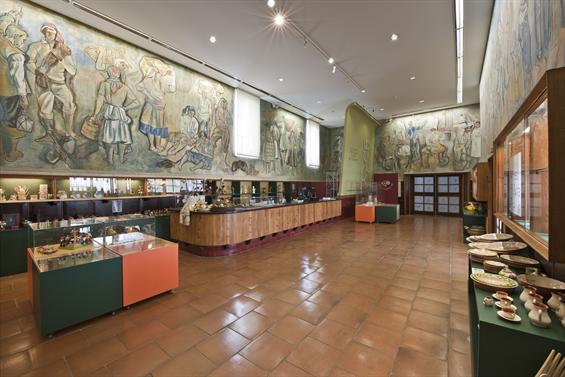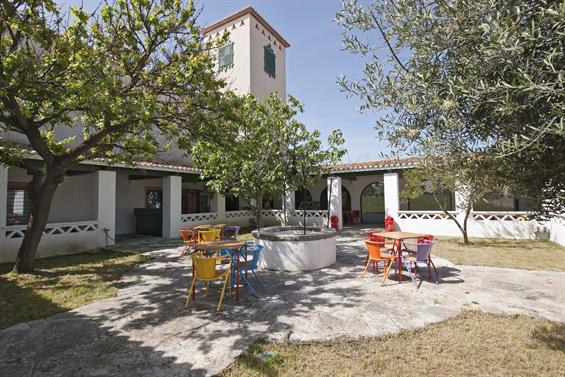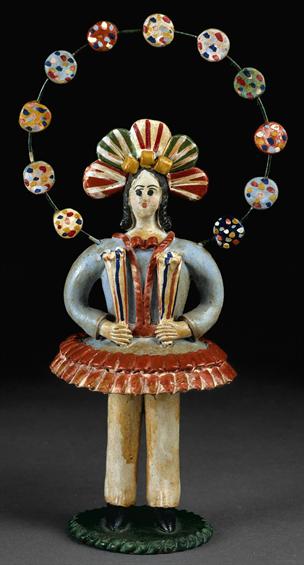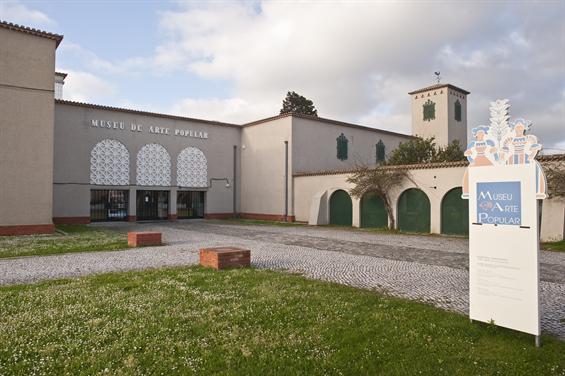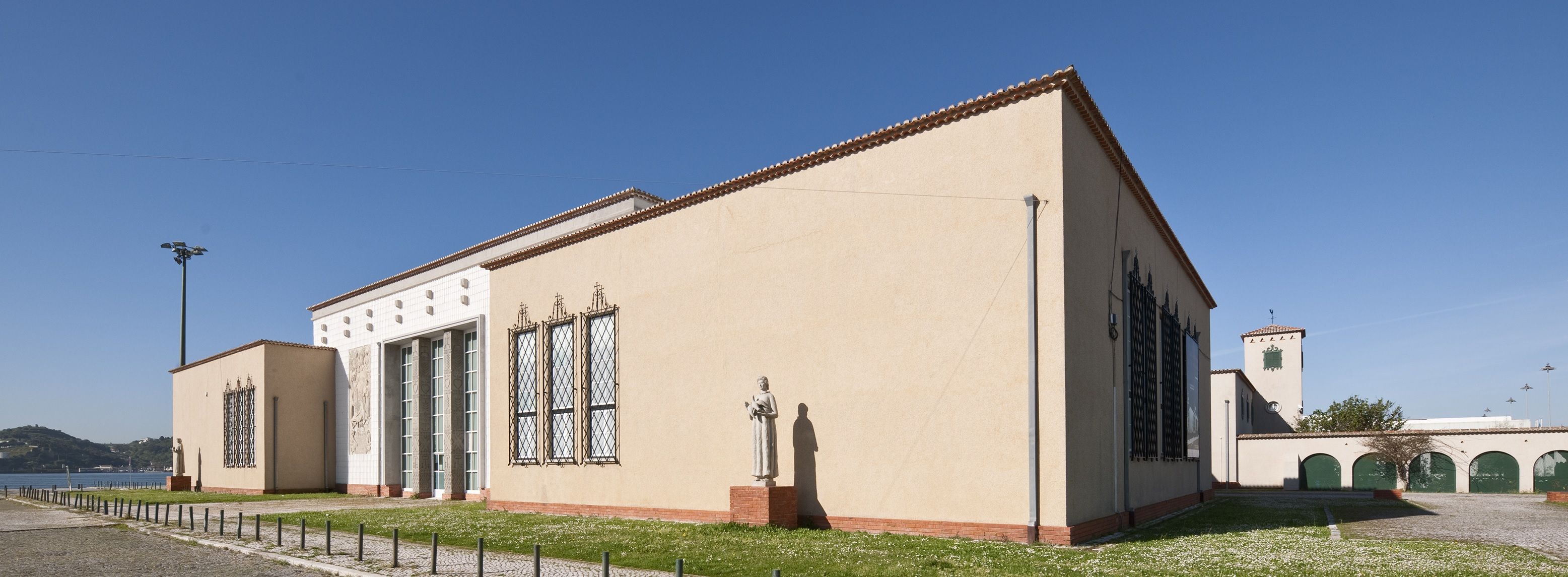Inaugurated in 1948, the Popular Art Museum was born from the reformulation of the old pavilion of the Popular Life Section created for the 1940 Portuguese World Exhibition, designed by architects António Reis Camelo and João Simões.
For its inauguration, the previous building was adapted to a museum designed by architect Jorge Segurado, based on a program defined by ethnographer Francisco Martins Lage and artist Tomás de Mello, combining decorative elements of modernist taste with others following a more traditional aesthetic.
In the process of creating the Popular Art Museum, the project also relied on the work of an extensive team of decorator-painters, including Carlos Botelho, Eduardo Anahory, Estrela Faria, Manuel Lapa or Paulo Ferreira. The museum features a significant amount of mural compositions, representing the many regions of the country. This patrimonial value of the building led to its classification as a Monument of Public Interest in 2012.
Its acquis is the result of items from several exhibitions which led to the establishment of assorted collections, later completed by acquisitions and donations. It contains ceramic objects, popular jewellery, musical instruments, wickerwork, textiles, costumes and embroidery, agricultural implements and miniatures of boats and carts.
In 2000, the museum's permanent exhibition was closed, for profound works of re-qualification of the building and, in 2006, after the announcement of the extinction of the Popular Art Museum, its collection was transferred to the National Museum of Ethnology. The link between these two institutions had already been considered in the last four decades, but only fully materialised in 2016, when the activity of the Popular Art Museum was limited to temporary exhibitions, linked to the mission and program of the National Museum of Ethnology.
